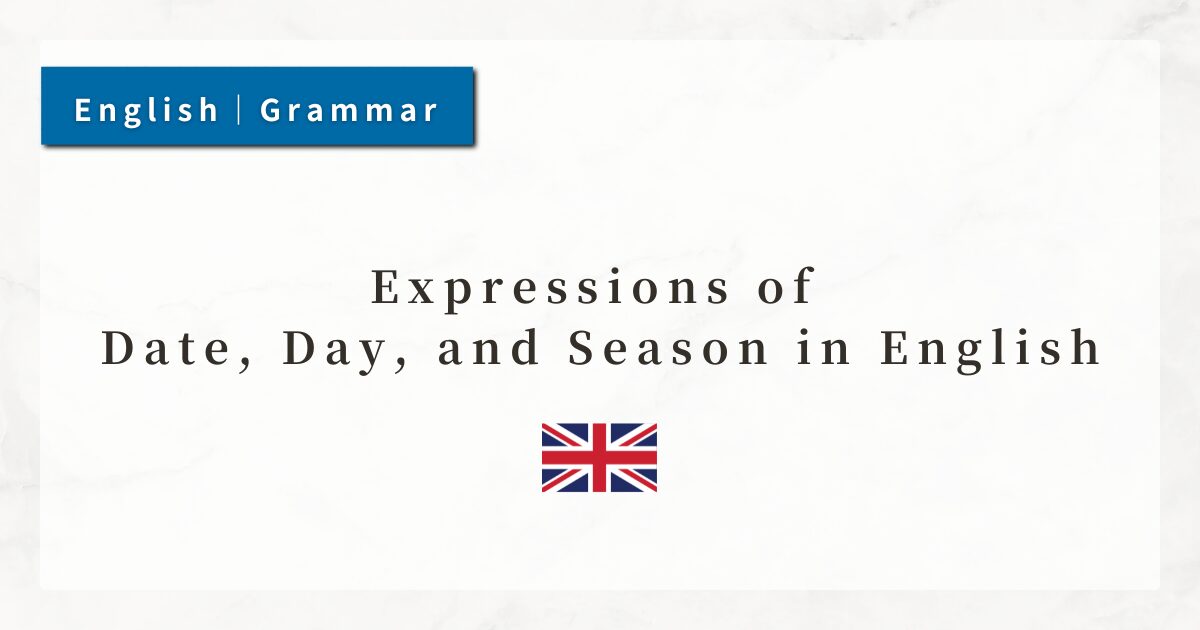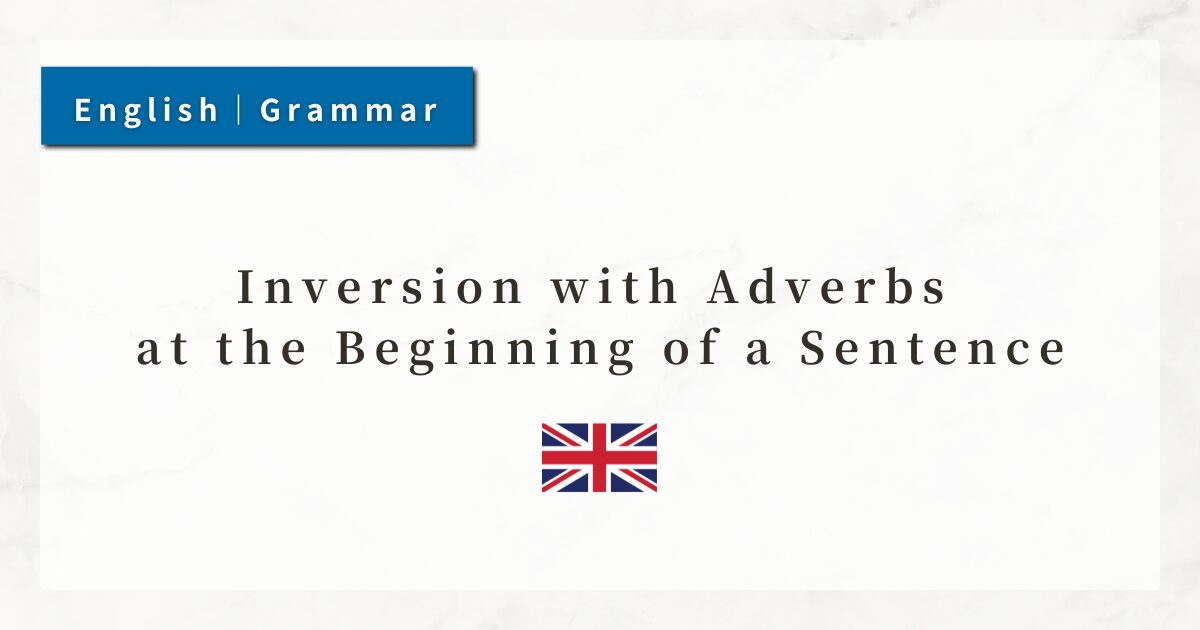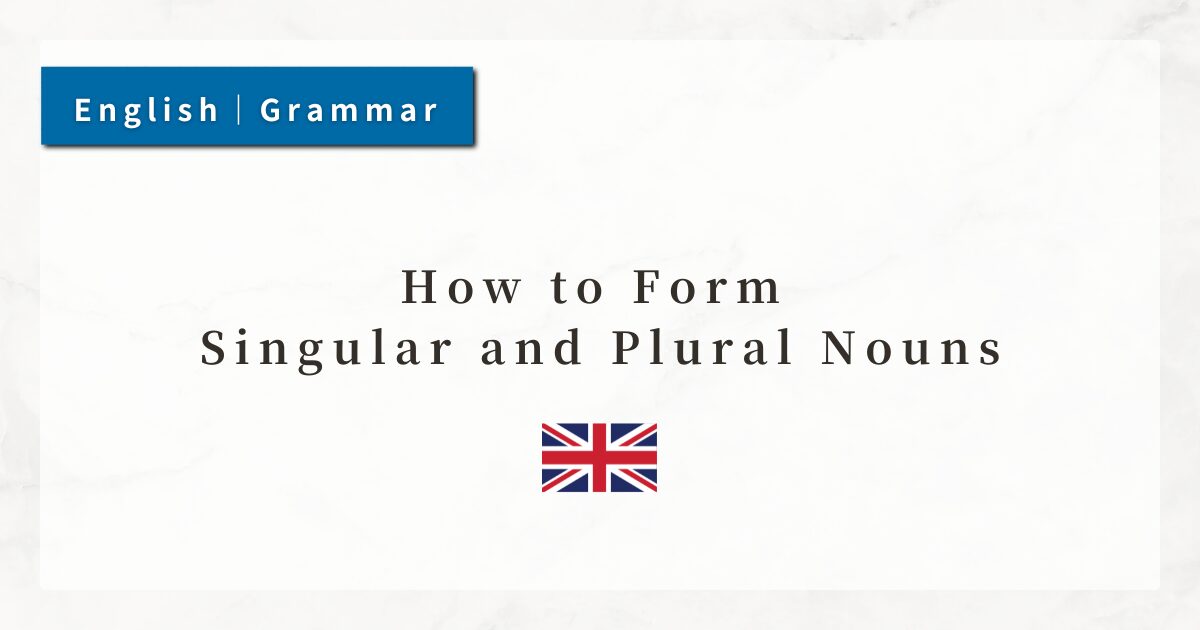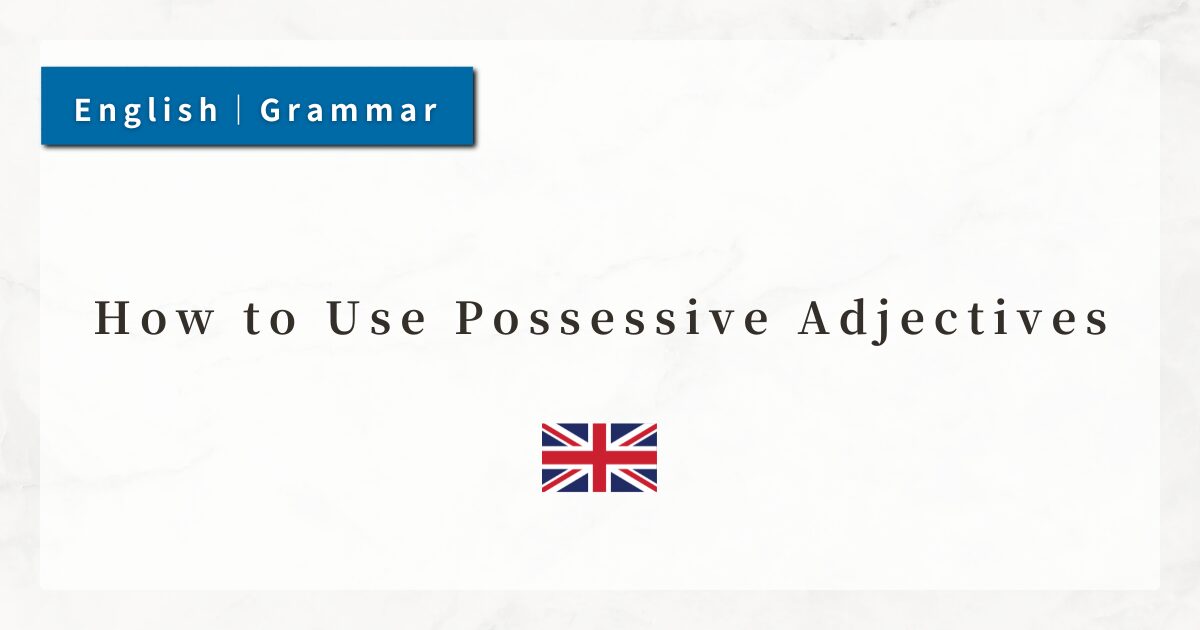#47 How to Use Negative Questions|Expressing Confirmation and Surprise
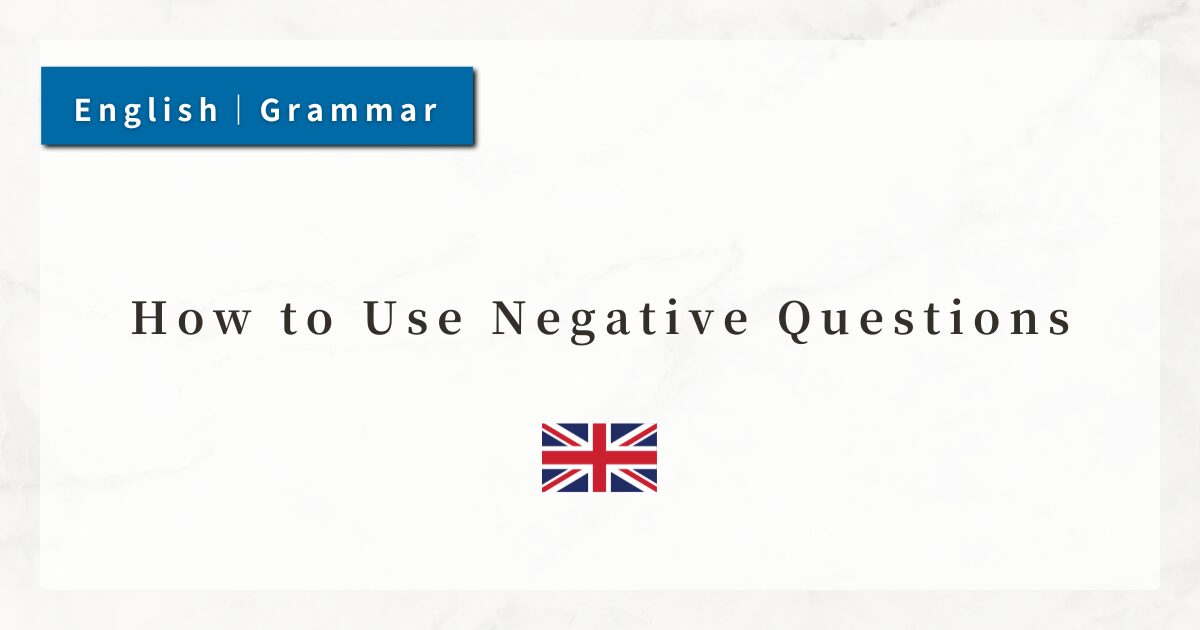
In English, questions are not only used to ask for information but also to confirm something with the listener or to express surprise. This is where negative questions come in.
Negative questions, such as “Isn’t it…?” or “Don’t you…?”, add nuance and depth to a conversation, making them an important structure in spoken English.
In this lesson, I will explain how negative questions are formed and how they are commonly used.
1. How to Form Negative Questions
A negative question is made by adding not to a regular question. There are two main forms:
- The contracted form (casual and conversational)
Example: Don’t you like coffee? (You don’t like coffee?) - The full form with not (formal and polite)
Example: Do you not like coffee? (Do you not care for coffee?)
The contracted form is commonly used in everyday conversation, while the full form is often chosen in formal situations or when a more polite nuance is desired.
2. Main Uses of Negative Questions
2-1. To Express Surprise or Seek Confirmation
This use conveys the nuance of “I thought so, but isn’t it different?”
- Didn’t you go to the party yesterday?
→ I thought you did. - Isn’t she your teacher?
→ I thought she was.
Unlike simple fact-based questions, negative questions often reflect the speaker’s expectation or surprise.
2-2. To Soften Invitations or Suggestions
Using a negative question can make an invitation or suggestion sound more polite and less direct.
- Won’t you join us for dinner?
- Wouldn’t you like another cup of tea?
Compared to straightforward forms like “Will you join us?”, these negative questions sound more courteous and considerate.
2-3. To Press for Agreement
Negative questions can also be used to confirm agreement, as in “Don’t you think so?”
- Don’t you agree with me?
- Isn’t it a bit too expensive?
This usage is convenient when you want the listener to confirm or support your opinion.
3. Summary
- Negative questions mean “Isn’t it…?” or “Don’t you…?”
- The contracted form is casual, while the full form with not is formal.
- Main uses include:
1. Expressing surprise or confirmation (Didn’t you…? / Isn’t she…?)
2. Softening invitations or suggestions (Won’t you…? / Wouldn’t you…?)
3. Pressing for agreement (Don’t you agree…?)

